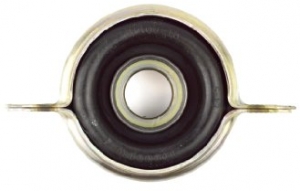-
Welcome to Tacoma World!
You are currently viewing as a guest! To get full-access, you need to register for a FREE account.
As a registered member, you’ll be able to:- Participate in all Tacoma discussion topics
- Communicate privately with other Tacoma owners from around the world
- Post your own photos in our Members Gallery
- Access all special features of the site
Comparing brake fluid flush methods
Discussion in '2nd Gen. Tacomas (2005-2015)' started by BTO, May 26, 2025.
Page 2 of 2
Page 2 of 2


 Dual battery vs. power station?
Dual battery vs. power station?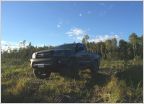 05 + AC delete belt length for 2.7
05 + AC delete belt length for 2.7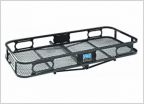 Anyone have a hitch cargo carrier?
Anyone have a hitch cargo carrier?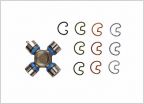 What are the best u joints for 2008 2wd pre-runner
What are the best u joints for 2008 2wd pre-runner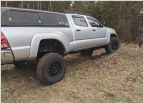 Differences in 5100 shocks
Differences in 5100 shocks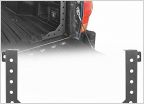 New player in the bed stiffener game...?
New player in the bed stiffener game...?







































